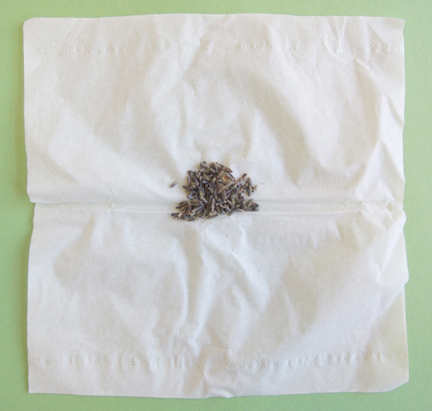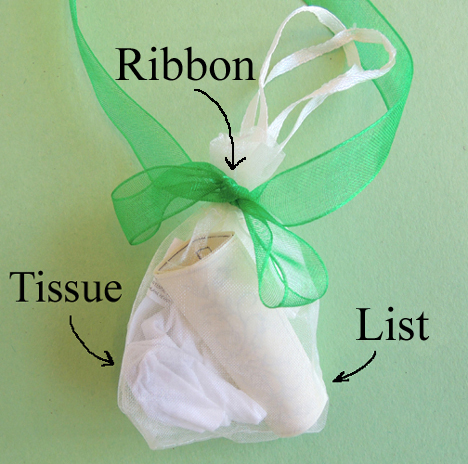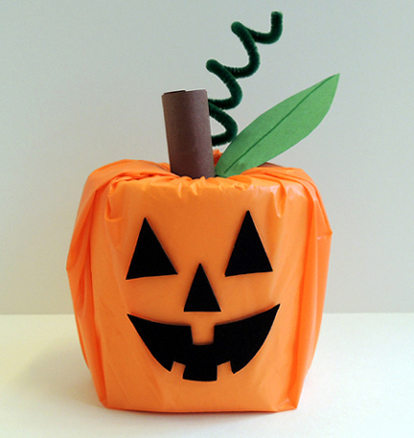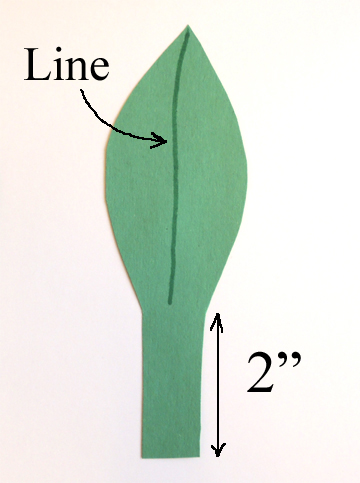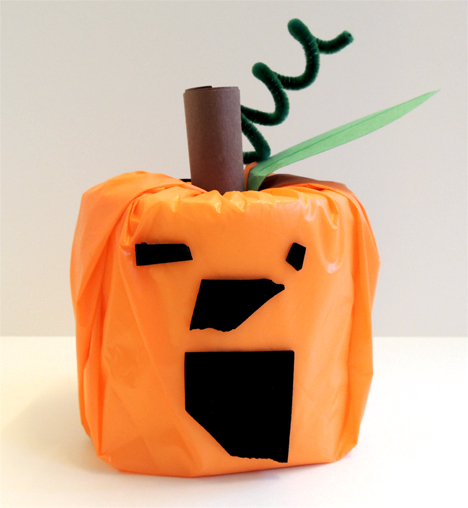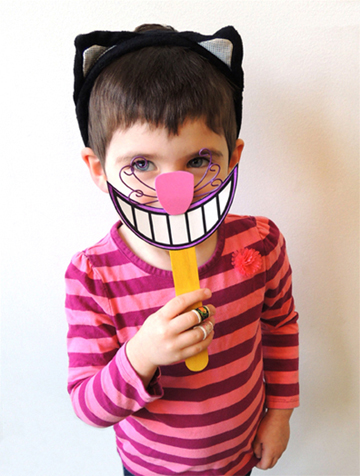 Something to smile about! I designed this Cheshire Cat project for an Alice in Wonderland program. It’s quick, easy, and the results are frabjous!
Something to smile about! I designed this Cheshire Cat project for an Alice in Wonderland program. It’s quick, easy, and the results are frabjous!
You’ll need:
- A cat grin template, printed on 8.5″ x 11″ white card stock
- 1 jumbo craft stick (mine was 7.75″)
- 3 pieces of twisteez wire (each approximately 6.5″ long)
- A 1.5″ x 1.5″ square of self-adhesive foam
- Scissors, masking tape, and glue stick for construction
- Markers for decorating
First, select a grin from the template and use markers to color it. Glue (or tape, or hot glue) the smile to a jumbo craft stick. Make sure to leave about 1″ of space at the top of the stick for your whiskers and nose.
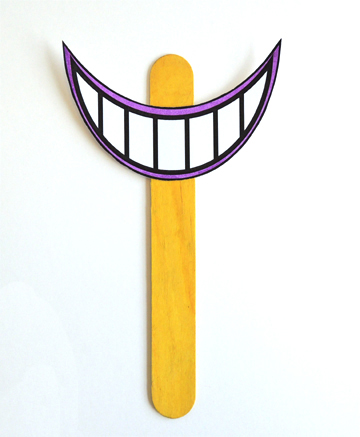 Pinch the centers of the twisteez wires together, then secure them to the stick with masking tape. If you can’t find twisteez wires, use very thin strips of card stock for whiskers. I wouldn’t recommend using pipe cleaners. The ends can get rather sharp when you cut them, and that’s not good for a project that is held close to the eyes.
Pinch the centers of the twisteez wires together, then secure them to the stick with masking tape. If you can’t find twisteez wires, use very thin strips of card stock for whiskers. I wouldn’t recommend using pipe cleaners. The ends can get rather sharp when you cut them, and that’s not good for a project that is held close to the eyes.
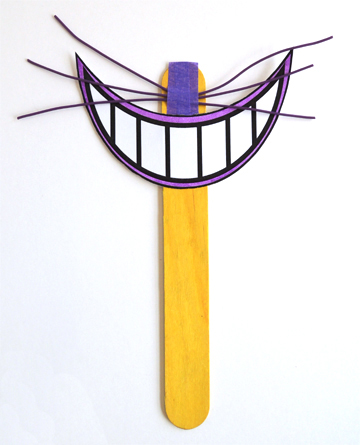 Shape a square of self-adhesive foam into a cat nose, then peel and stick on top of the masking tape. You can also use regular foam and adhere the nose with hot glue.
Shape a square of self-adhesive foam into a cat nose, then peel and stick on top of the masking tape. You can also use regular foam and adhere the nose with hot glue.
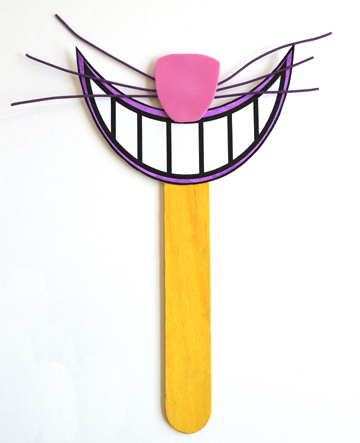 Trim and curl the whiskers (or leave them straight), and you’re done!
Trim and curl the whiskers (or leave them straight), and you’re done!
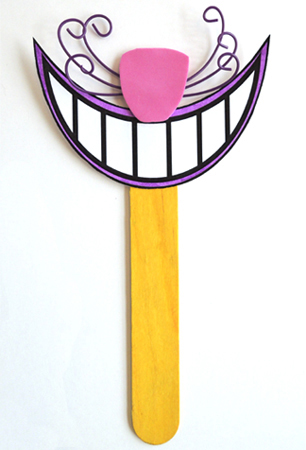 Hold the project to your face to become a cat with a grin, or hold it away from you to demonstrate a grin without a cat!
Hold the project to your face to become a cat with a grin, or hold it away from you to demonstrate a grin without a cat!

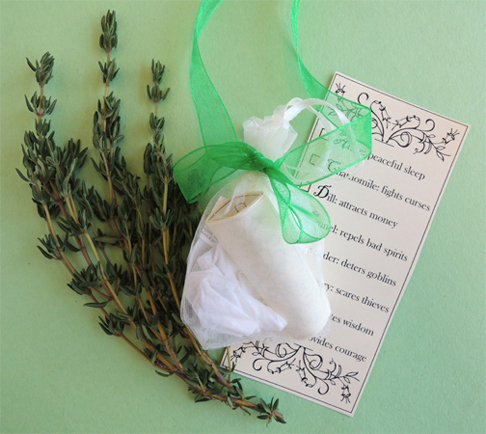
 At the event, kids checked off which herbs they wanted in their amulets. Then a student volunteer helped the kids put dried herbs on squares of tissue. A little herb goes a looooong way, so just a sprinkle is needed – especially if kids select multiple herbs. Here’s about how much you want in your amulet in total:
At the event, kids checked off which herbs they wanted in their amulets. Then a student volunteer helped the kids put dried herbs on squares of tissue. A little herb goes a looooong way, so just a sprinkle is needed – especially if kids select multiple herbs. Here’s about how much you want in your amulet in total: